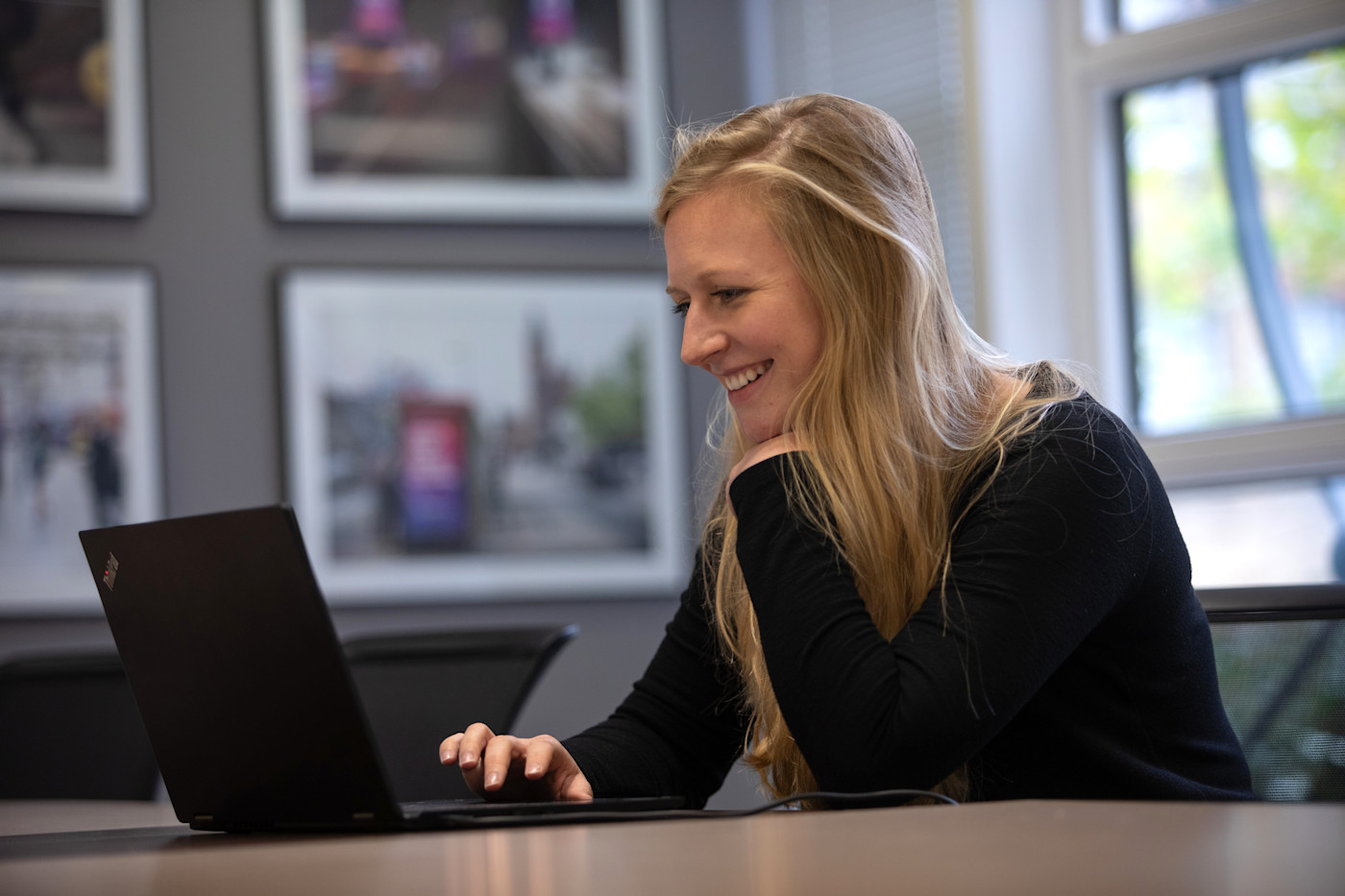When we launched Reed.ai in late July, I thought the hardest part was over. In reality, it was just the beginning. The first 90 days after launch have been some of the most intense, humbling, and—at times—frustrating moments of my six-year career at Reed. But I’ve also learned more in these three months than during all the months of design and development combined.
1. Getting into market to learn
We could have spent another six months polishing features, but nothing beats real-world feedback. Unlike many products that start with a closed beta, ours needed to be public from day one so employers could find the best matches. That meant opening it up to all candidates—an uncomfortable but necessary decision. If anything, I wish we’d done it sooner.
Despite extensive user testing in controlled environments, the real insights only came once the beta was live. We saw how employers, recruiters, and candidates actually interacted with the product. Some assumptions held up; others didn’t. And that’s the point: you can’t validate everything in a lab.
2. Optimising after launch instead of overbuilding
Before launch, it’s tempting to keep building. I had a long list of features I would have loved to include in the first release. But to get the product out the door, we had to descope aggressively. And that was the right call.
The truth is, the real work starts after you ship. We focused on optimisation over expansion—fixing friction points, improving speed, and refining workflows (including adding more human support where needed). This approach delivered quick wins that mattered to users instead of chasing shiny new features.
3. Open source vs. building in-house
One of the biggest strategic decisions was whether to build our own models or leverage open source. We chose a hybrid approach: open source for speed and flexibility, combined with custom-built components for differentiation. In hindsight, building too much from scratch slowed us down and made iteration harder.
The lesson? Don’t reinvent the wheel unless the wheel is your competitive edge. Use open source where it accelerates you, and invest in customisation where it truly matters.
4. Ethics and security aren’t optional
AI in recruitment isn’t just about efficiency—it’s about trust. From day one, we embedded ethics and security into our roadmap. We set up an ethics advisory board, defined clear principles, and checked every major decision against them. We invested in bias reduction, compliance, data privacy, and security audits.
Did it slow us down? Yes. Was it frustrating when competitors cut corners? Absolutely. But for a brand like ours, cutting corners isn’t just risky—it’s irresponsible.
5. Building a fast team with the right tools
AI developer tooling has evolved dramatically since we started. We’ve been on a steep learning curve, and now we’re doubling down on giving our team the best tools to move fast without breaking things.
Equally important is culture. We’ve worked hard to break down silos, remove unnecessary layers, and keep everyone—from product to design to engineering—close to customer feedback. The more connected the team, the faster and smarter we build.
6. Staying focused on scope
One thing I love about our entrepreneurial culture is how much interest there is from our stakeholders in what we’re building with Reed.ai. Every week, new ideas came in—some brilliant, some distracting. I’ll admit, saying “no” wasn’t always easy. But as we approached our beta release, focus became non-negotiable. Our guiding principle was simple: if it doesn’t serve the core user journey, it waits. That discipline kept us from drowning in feature creep and allowed us to deliver a product that feels coherent, not cluttered.
7. Agentic ai is the future
The most exciting part? Seeing our vision for agentic AI come to life. Recruiters don’t just want tools—they want intelligent agents that can support, advise, guide, and even take action on their behalf. Our beta validated that this isn’t just a nice-to-have; it’s the future of recruitment. And we’re only getting started.
Final thoughts
If I had to sum up the last three months in one sentence, it would be this: launch early, learn fast, and listen to customers. Building an AI product in a sensitive domain like recruitment is a balancing act between speed, ethics, and innovation. It’s messy, exhilarating, and absolutely worth it.
Lily Drake, Product Director, Reed.ai
Published 17/10/2025
